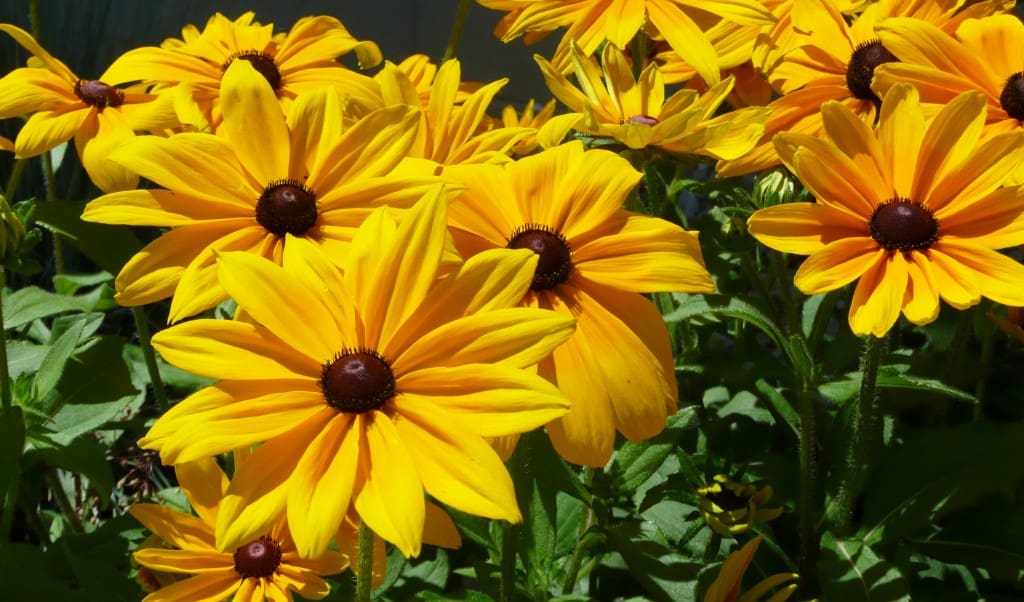
As the New Year starts, we all consider what has happened this previous year and anticipate what will happen in the New Year. As plant lovers, we glance back at the climate, the dirt, and the victories and the disappointments of our arrangements, whether they were vegetable enclosures, enduring arrangements or bush and trees. We consider what transforms we can make in the up and coming season to enhance generation, enhance visual effect, or even enhance unwinding in the enclosure. We glance back at the things that were correct, even incredible, so we can rehash the methods, planting calendar or simply kick back and appreciate an alternate year of an extraordinary enclosure this season. Additionally right now of year, we regularly get numerous, numerous enclosure inventories, seed and decorative plant lists. This provides for us the ideal chance to plan for the forthcoming cultivating season.
Our arrangements are continually evolving. Regardless of the fact that we don’t plant anything new, the plants that we as of now have may change. Possibly they will cease to exist for reasons unknown or new volunteers of a specific plant start to develop. As a cultivator, we know this to be genuine and adjust likewise. Be that as it may, we can take the following two months of winter and arrangement for our arrangements so they are much more lovely, fruitful and abundant than a year ago!
- PREPARATION
- After looking into the structure of your arrangement, you may choose to include some plant material. Consider the space accessible, the dirt, sun and dampness in that specific spot. Scan through the plant lists, the web, or look at some cultivating books at the library to discover the right plant for the specific needs of the spot you need to fill. Don’t accept that a plant that is useful for shade will do alright in full sun.
- Comprehend the size any specific plant will get at development. One of the greatest mix-ups that I see? Bigger plants are placed in little spots, with the possibility that pruning could be possible to keep the plant inside the limitations of the space. This takes into consideration possibly terrible pruning, debilitating the plant and opening it up for malady or bug issues and additionally diminishment in the life of the plant, also some really appalling scenes.
- Perennials are extraordinary for areas that you may not have any desire to replant a seemingly endless amount of time. Then again, perennials are not a “no support” arrangement. Most perennials need some sort of consideration over the long run, whether it is diminishing by division, reducing seed heads to diminish undesirable volunteers, or substitution because of horrible or feeble plants. Getting to know the plants you have, or need to plant, can diminish the measure of work you’ll need to put into your enclosure, so research gets to be critical in plant choice.
- SOIL TEST
- If you haven’t taken a dirt test in the previous two to three years, take the time now to do as such. You can have your outcomes back inside a week this time of year. Despite the fact that the ground is solidified, you can wear down the dirt, and defrost it inside. Soil test units can be obtained at the Extension workplaces all through the state. The test outcomes will let you know the dirt pH, a vital variable for plant determination. It will tell you what supplements are accessible in the dirt, and what to do to alter the dirt, if necessary, for any specific yield you may be attempting to develop.
- In the event that arranging your vegetable enclosure for the 2011 season, look at the seed indexes. Numerous as good as ever mixtures of any specific vegetable are being presented yearly. Decisions from new half and halves that are impervious to specific sicknesses or legacy seeds that are chosen for taste are constantly found in seed lists. Perused the depictions painstakingly, so you recognize what you’re getting. Remember the measure of space you have in your vegetable enclosure and pick in like manner. Some fresher mixed bags of vegetables have been reared to be conservative for littler spaces.
- TOOLS
- Take this time to look at the instruments you have. Do they have to be supplanted or settled? Do you require extra instruments to carry out the occupation? I know at my home a couple of more scoops and pruning shears would be extraordinary. It appears I’m continually searching for a scoop, and the pruning shears – two altogether different planters in the house consider devices to leave.
- Great arranging and arrangement for the up and coming season will take into consideration an extraordinary planting year. New difficulties will emerge, permitting you more inventive approaches to alter and overcome them. That is the thing that makes cultivating so much fun! Appreciate these difficulties of cultivating, audit the victories and disappointments, and you will have an awesome planting knowledge.